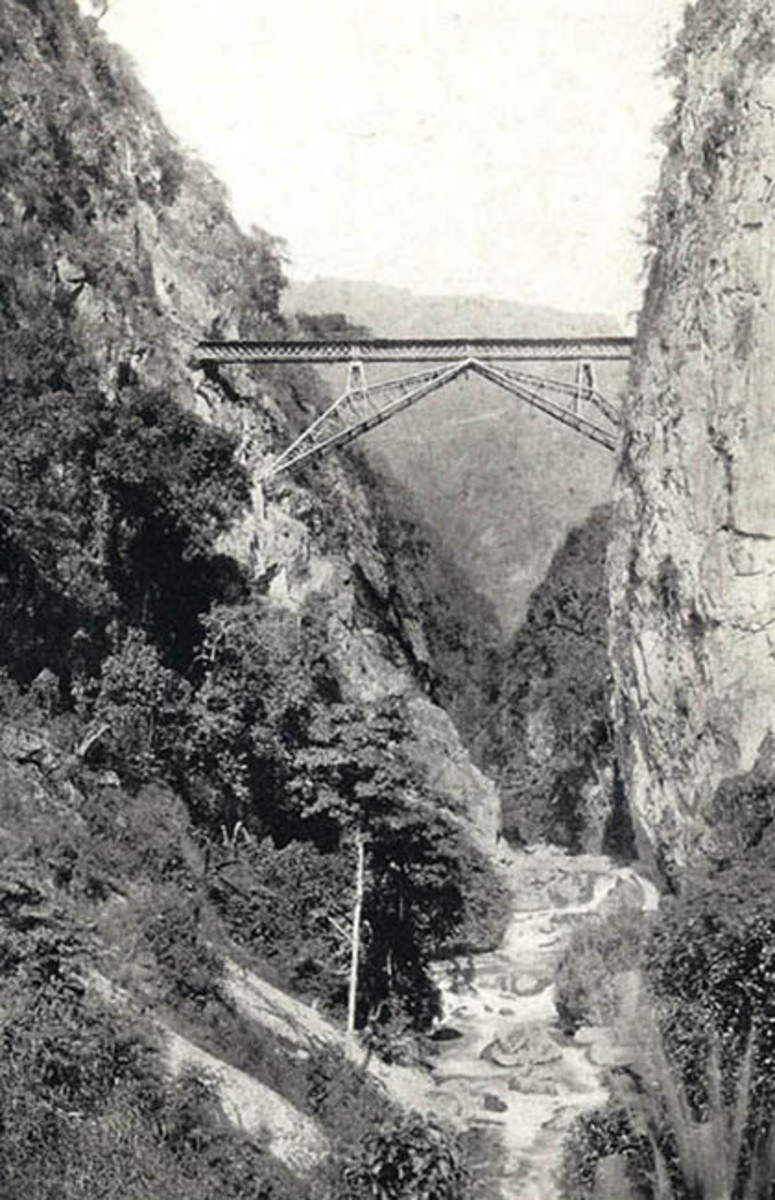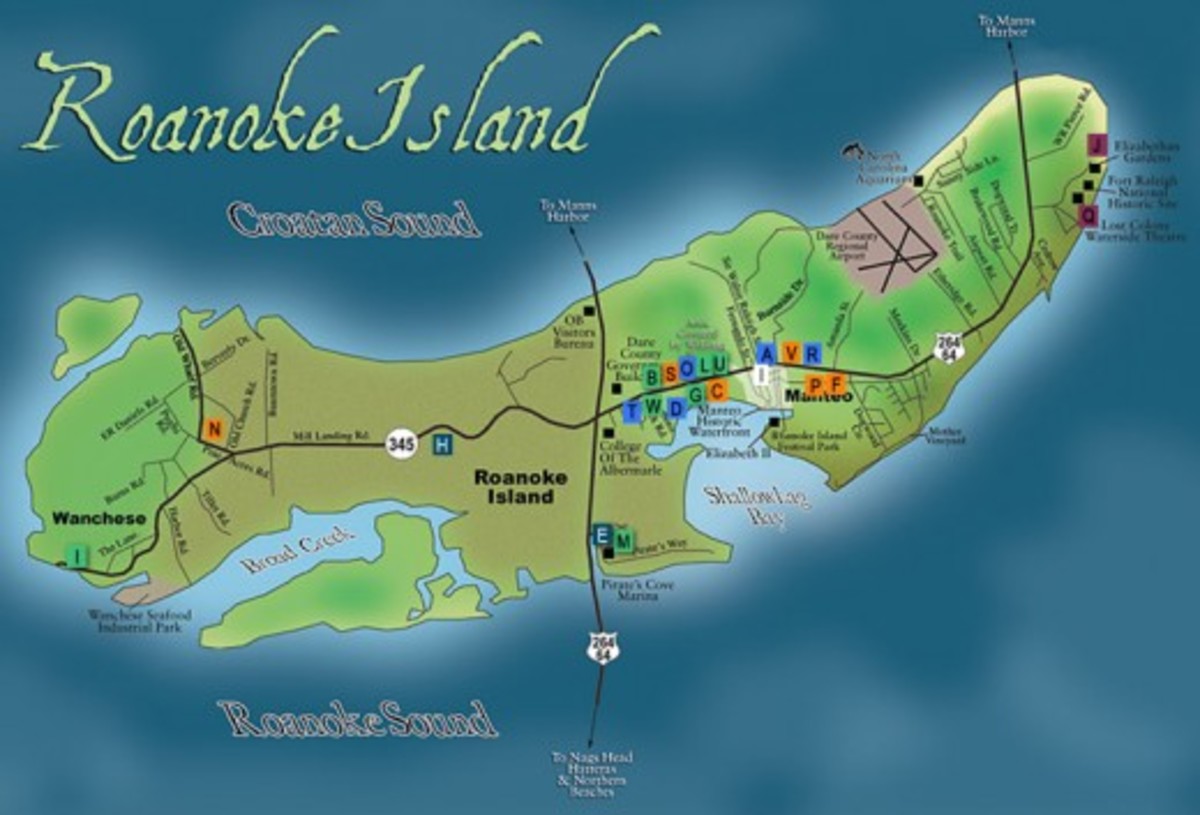- HubPages»
- Education and Science»
- History & Archaeology»
- History of the Americas
Brief History of Government Bridge at Rock Island Arsenal. Illinois
- Rock Island's U.S. Army Arsenal in Illinois ~ Civil War History
Seeing large displays of war machinery; feeling the ground rumble under us as a massive tank rolled by & standing in a cemetery with Civil War headstones was quite an experience. Photos & videos.



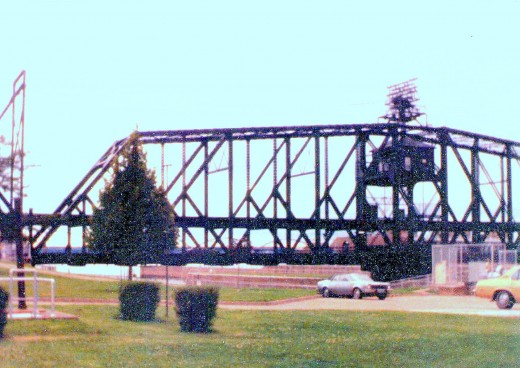

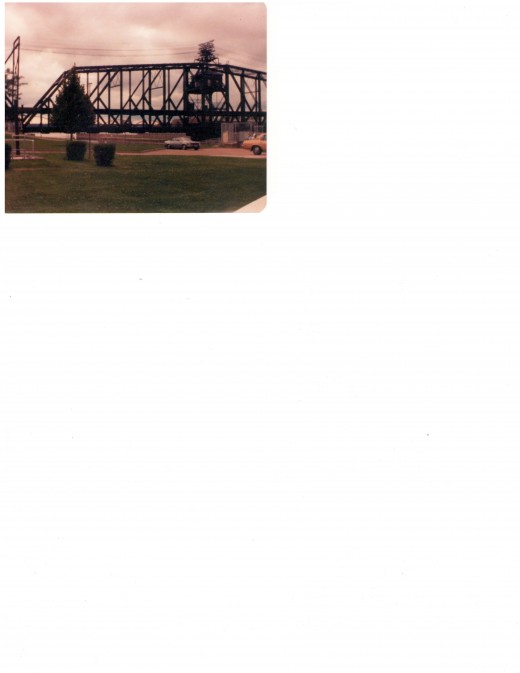
Government Bridge
The Government Bridge, also known as the Arsenal Bridge crosses the Mississippi River from Davenport, Iowa to Arsenal Island near historic Fort Armstrong. It is owned and maintained by the United States Government and it carries two lanes of traffic and two rail lines. There is a lock and dam, Lock and Dam No. 15, at this location with a considerable amount of river traffic. The bridge has a “swing span” which is a section of the bridge that swings around to let river traffic through. As I understand it, the custom of laws of water traffic gives the river traffic priority over other traffic, at least car traffic. As such, if barges want to come through, traffic is stopped, and the span swings out to let the boats and barges through. It is something of an annoyance for those who work on the Island or need to drive though to the City of Rock Island. The span is a section of the bridge that pivots to a 90 degree angle.
The original bridge was built in the 1850s, 1500 ft. south of the present one. It was the first railroad bridge to span the Mississippi River.and was important until the First Transcontinental Railroad was built. The planners envisioned a connection of two railroads–the Chicago and Rock Island Missouri Railroad was a new line and the first in Iowa.
Not everyone was in favor of the bridge or the railroads. Steamship companies objected to the bridge as a potential hazard to navigation. Up until that time the steamships had a hold of a virtual monopoly on river trade. This proved to be an important factor in the history of the bridge.
Jefferson Davis and Abraham Lincoln
The government bridge proved to involve two personages of the Civil War which was to come later. At the time the bridge was being built, Jefferson Davis, future President of the Confederate States, was secretary of War under President Franklin Pierce. He was involved in the bridge because the Department of War had an interest in the bridge because the island had been the home of Fort Armstrong, although it was no longer active. Davis gave initial approval on the basis of thinking the transcontinental railroad would go to Los Angeles, California through the South. Later, Davis opposed the bridge because he thought it might go through the North. He attempted to halt construction but failed to do so and the bridge opened April 22, 1856. Davis is best known as the President of the Confederacy during the Civil War.
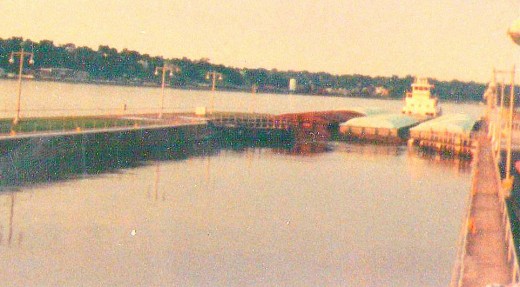
Rock Island line
Hurd vs. Rock Island Railroad Company was a lawsuit between the Rock Island Railroad company and the owner of a steamboat called the “Effie Afton.” Which was the fastest side wheel steamship on the Mississippi. When it hit the Rock Island Railroad Bridge, the owner of the ship sued the Rock Island Railroad Company. The steamship owner was suing for fifty thousand dollars, according to an article by Jay Shultz of Washington School in Peoria. The railroad retained future United States President Abraham Lincoln to defend them. It was an important case in Lincoln’s legal career.
There were some people who thought the ship hit the bridge deliberately. The steamer was destroyed by fire as a small coal stove must have set it off when the boat hit. The bridge also caught fire and burned after a portion of the bridge was knocked into the river. What was left of the bridge, burned the next day. Steamboat Pilots blew their whistles in celebration, according to Jay Shultz.
The Railroad argued that the lawsuit was an attempt by the steamboat owner and his supporters to destroy the bridge project. The case was dismissed because of a hung jury. Later, the case got to the supreme court in 1862, during the American Civil War. The decision went in favor of the bridge.
By 1866 the bridge was considered unable to handle the heavier loads being carried by the railroads and the current bridge was built in 1896. It is the fourth bridge crossing the Mississippi in the vicinity. Rail tracks are on the upper level and road traffic on the lower level.
Sources for this article are:
Wikipedia article on “Government Bridge”
http://www.lib.niu.edu/1998/ihy980236.html
article by Jay Shultz of Washington School, Peoria
Copyright 2011 Don Hoglund
Location of Rock Island arsenal






